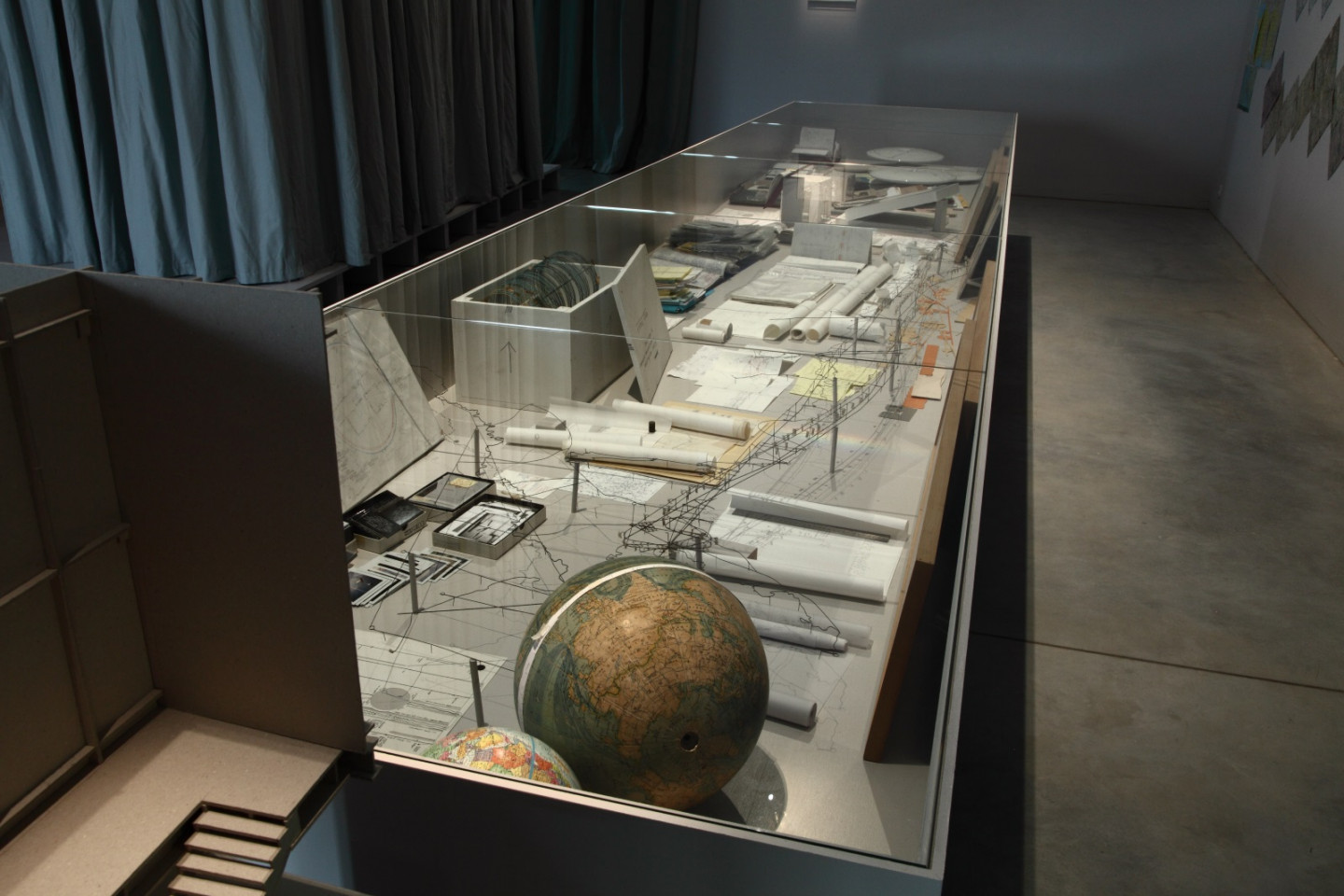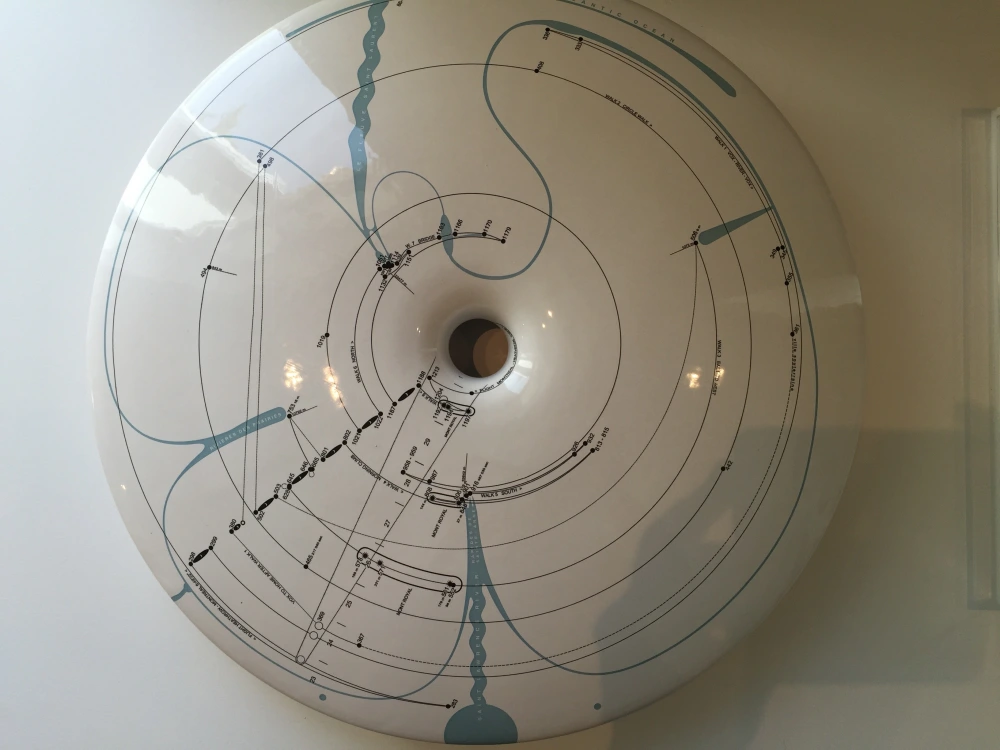Dr. Hippolyte Baraduc: 'Iconography of a hand obtained by bringing the hand near the sensitive side of a plate fastened to the pole of a Wimhurst machine. One can remark the formation of electro-vital particles coming from an odic cloud showing the thumb and the fingers as well as small life-animules, white points.'
I've been exploring different ways to visualise the invisible, something that I believe re-occurs over and over again throughout human history. There are lots of other individuals who have had similar obsessions and I have in particular begun to seek out 19th century thinkers who were operating at a time when science was struggling to come up with answers to certain problems. Dr. Hippolyte Baraduc had some very interesting theories about what he called 'iconography', and what others in associated circles at the time also called ‘etheric doubles’, ‘subtle bodies’, ‘astral bodies’ or ‘bodies of light’. But first of all you might be a little concerned that I'm advocating looking at another theory that has long been disproved and consigned to the bin of outdated thinking. In my own conceptual framework the idea of proof is not so important, I'm much more interested in the poetry of an idea, so one way for me to understand old science is as speculative fiction that was at one point taken to be a real possibility, or in my terms a poetic idea. The other issue for myself is some form of congruence between what someone might have been thinking and my own ideas, in this case I'm very interested in how to visualise invisible energies and sensations that emanate from within the body and I intuitively felt that Baraduc must have had similar concerns. He is also very much of his own time, I have commented in the past on the influence of Besant and Leadbeater's 'Thought Forms' as well as Benjamin Brett's 'Geometrical Psychology' and in my last post on Edwin Babbitt all of whom I have used to help me in the paradoxical formulation of a way to draw the visual poetry of invisible energies. The image below is termed by Baraduc a 'graphy', which suggests that he understood these images as types of drawings.

Graphy of the cosmic Od. The experiment was undertaken to show the possibility of the passage of the cosmic Od, of the vital force of the world, across the glass.
Dr. Hippolyte Baraduc published 'The Human Soul: Its Movements, Its Lights, and the Iconography of the Fluidic Invisible', in French in 1896. Similar in concept I suspect to Bergson's 'Elan Vital' a concept that Bergson introduced in his book 'Creative Evolution' in 1907. Baraduc describes what he calls 'Odic liquid', a fluid like force that both “saturates the organism of living beings and constitutes our fluidic body”. It also exists as a type of sea that surrounds everything. We in effect swim in this invisible sea, which is composed of a substance called 'Somod'. This invisible fluid somehow holds within it or can act as a vehicle to carry, 'thought radiation'. This radiation, like x-rays could he decided, be captured as images using a chemically infused plate. Baraduc called this process 'iconography' which is rather confusing as we normally think of iconography as an area of research that studies the signs and symbols found in religious art works. He was I presume thinking that 'iconography' sounded very like 'photography' which was also a chemical process that captured in this case visible radiation using a chemically infused plate. His chemically infused plates captured invisible energy, the electro-vital currents of a subject's 'internal light', something we might think of as the soul.
The resultant images are in fact very hard to read because they are so vague, but I still find them interesting and perhaps because of their very vagueness they remain open to poetic re-interpretation.

Each iconograph illustrated in his book is given a detailed explanation, as you can see from the image above. However the first image in his book is slightly different, it is entitled, “The Od attracted by the state of the soul of a child lamenting over a recently killed pheasant”. I love a good title, as it opens doors for an image and helps me to see why we so often need to use image and text together, the one reinforcing the other or causing us to become conflicted because they appear to contradict each other, both it would seem to me, important possibilities as we attempt to make effective and yet also poetic communication. Because it is so hard to see, it takes a while to get an idea of what is going on, or to work out what Baraduc thought was happening.

'The Od attracted by the state of the soul of a child lamenting over a recently killed pheasant'
It is a very poor image but if you stare hard you might be able to see faint lines radiating out from the figure, as if streaks of light have continued past the boy from the window, an apparition that has been described by others as a ghostly wing . Basically it looks very like an old over exposed photograph to me but Baraduc had other ideas. For him it was, as Jed Rasula puts it in his book 'History of a Shiver: The Sublime Impudence of Modernism', a personal seance.

The votive image above that I made a few years ago was designed to operate in a similar way; when the glass bowl was picked up, light shining through it created a pure light image on adjacent surfaces, an affect that I hoped at the time helped heighten a sense of the occult. Jed Rasula would say of this type of situation that, 'Every transaction with a text, a musical score, a painting, or a sculpture, is a personal seance.' He was pointing to the fact that whenever you look at an artwork, we become aware of another life somehow encrypted within its forms, as if there is a code, rather like computer code, that lies beneath the image and which suffuses it with some sort of personality. The 'personal seance' aspect is the resurrection in the mind of the artwork's viewer, of an image of the maker behind the object; it is as if a ghost of its maker stands behind every art object. Jed Rasula's The 'History of a Shiver', is a book arguing that early modernism and seances were both developments of a similar and connected need for society to re-find its roots in religion; hence Kandinsky and other artists' interest in madam Blavatsky and the Theosophical Society.
I'm very aware of this alternative history of modern art and personally believe it is time to revisit its roots again, perhaps because it is now so far distant it can also be just odd. For instance the hand of an over-electrified person, suggests a particularly manic individual, who may have clutched in their other hand a bare wire. My own attempt above in making a votive form was to suggest a connection with invisible forces, perhaps more spiritual than electrical but I could see a parallel concern.
'Pure electography of the hand by Iodko's method. The hand of an over-electrified person, placed on a plate gives a very remarkable impression of the electrified cutaneous surface. One can here easily note the difference between electrography and iconography, where the vital waves are produced by themselves and are graphed by themselves without electricity.'
Votive bowl in the form of a fused glass image of a hand
It is perhaps the fusion of image and text that makes Baraduc's work so interesting. The text explains the images in a very believable straightforward way. 'Figuration of the fluidic shower' is however for myself no longer a scientific fact, it becomes a line from a fantasy graphic novel, or a title for one of my own images. I shall try it as a title to one of the images I recently produced when working on ideas for a permaculture aware art practice and the need to become far more embedded into the world and life cycles of plants.
Figuration of the fluidic shower
The fact that the 'signature of the life-animules and the black volative odic shower come from the ants giving up their vitality,' was for myself a doorway back into the world of the animist, and if so we could collapse time, Baraduc is in effect believing things little differently to a shaman working out of a cave 30,000 years ago.
These old books are things to mine as if you are an archeologist digging up a trench of ancient artefacts. You have no idea of what they really were but you very quickly begin to make up uses for them in your mind. In this case you could argue that what is missing from these explanations is the fact that Baraduc was a follower of Baron Karl von Reichenbach, who proposed something called the Odic force as an invisible energy, something like electromagnetic radiation, but more of that in another post.



Images taken directly from pages of 'The Human Soul: Its Movements, Its Lights, and the Iconography of the Fluidic Invisible'
'Photograph taken by me in July 1895, in the country. The gamekeeper Crepet is giving to 300 young partridges some ant eggs, which he is taking from a sack. The small birds are covered over by the entire black part of the negative, whilst a quantity of small life animules are freeing themselves from the eggs or from the ants. Is it the emanation of the gamekeeper, or that of the partridges? I took two photos whilst the gamekeeper was throwing handfuls of dust and of eggs. Both are identical. I took two other photos when he was giving them cooked chicken eggs mixed with bread crumbs. In these there is nothing special, the photograph is sharp. It may be concluded from this, that the signature of the life-animules and the black volative odic shower come from the ants giving up their vitality.'
Text to read:
Rasula, T. (2016) History of a Shiver: The Sublime Impudence of Modernism Oxford: OUP.
See also:




































